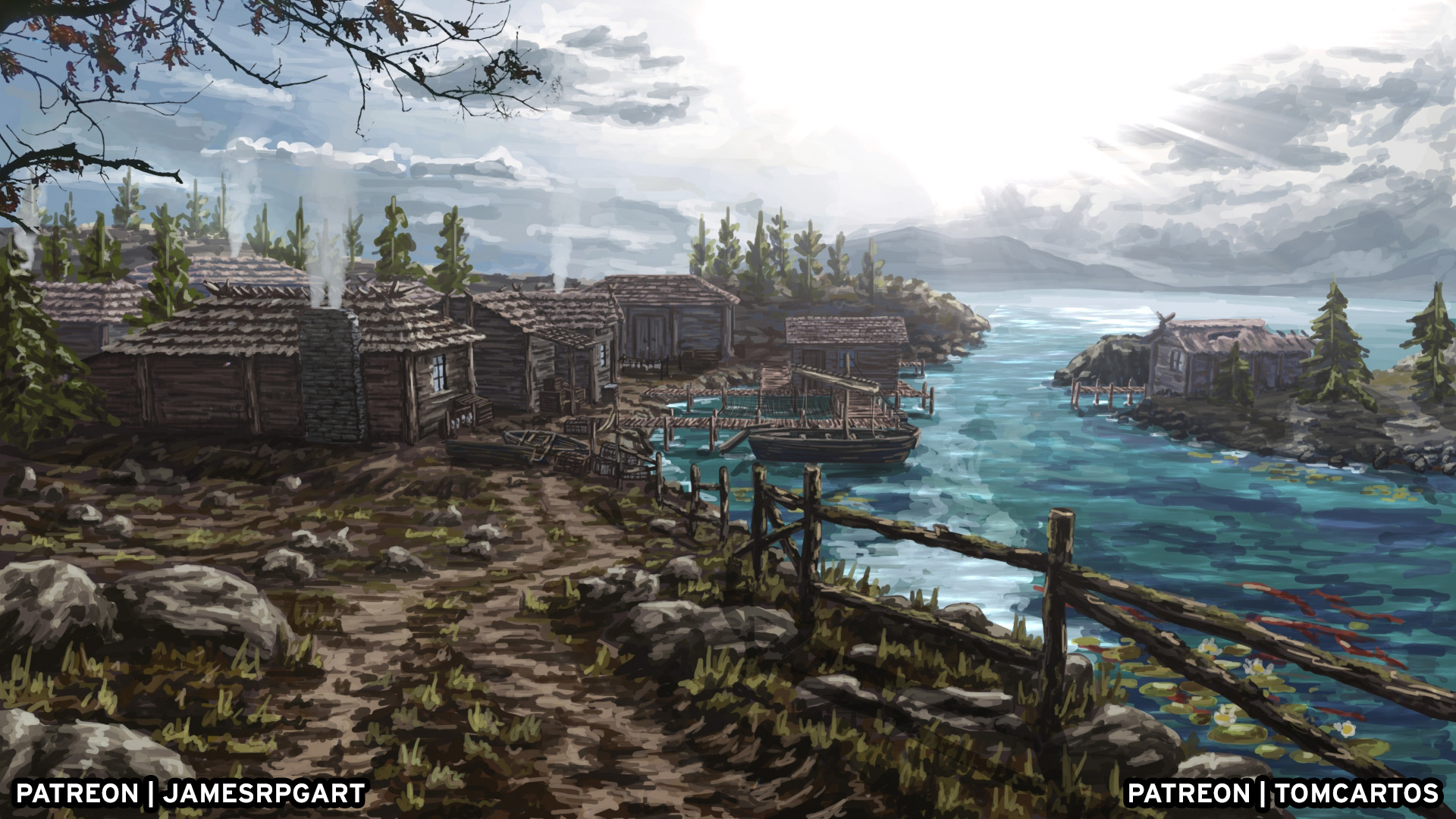Lacuna Taesi
Lacuna Taesi
Type: Crater Lake
Climate: Temperate
Notable Features: Freshwater lake, ruins of pre-Rending civilization, unique wildlife
Inhabitants: Small fishing village of Lacuna Taesi
Overview
Lacuna Taesi, once known simply as The Uplift, is a massive freshwater lake formed in the aftermath of The Rending . It marks the site where the city of Lama Taesi was torn from the earth and lifted into the skies by the wind Primordial Vayu-Vata . Over the centuries, the vast crater left behind filled with rain, glacial runoff, and underground springs, creating what is now the largest freshwater lake in Primordia.
Ecology
In the 700+ years since the Rending, Lacuna Taesi has developed its own isolated ecosystem. Several species of fish, birds, and aquatic plants found nowhere else in Primordia have evolved in and around its waters. The lake is considered a point of interest for naturalists, scholars, and members of the Cobalt Soul , though its remoteness and lack of infrastructure limit sustained study.
Ruins and Debris
The area surrounding the lake is strewn with ruins—fragments of ancient buildings and stones that fell from Lama Taesi during its ascension. These remnants, weathered and partially submerged, give the region a mysterious and sacred air. Many are believed to be of magical origin, though few have been studied in detail.
The Village
A small, quiet fishing village—also named Lacuna Taesi—has developed along the lake’s southern shore. Built from the stone and remnants of the shattered structures that once stood in Lama Taesi, the village is home to a modest population of fishers, herbalists, and traders. Life in Lacuna Taesi is slow-paced and largely self-sustained, with minimal contact from the outside world.
Cultural and Historical Significance
To many across Primordia, Lacuna Taesi is considered a place of reverence and reflection. It is a living reminder of the divine intervention that spared Lama Taesi during the Rending and of the immense cost of that salvation. Pilgrims occasionally travel to its shores, and the lake is often featured in art, poetry, and music as a symbol of loss, resilience, and transformation.



Comments